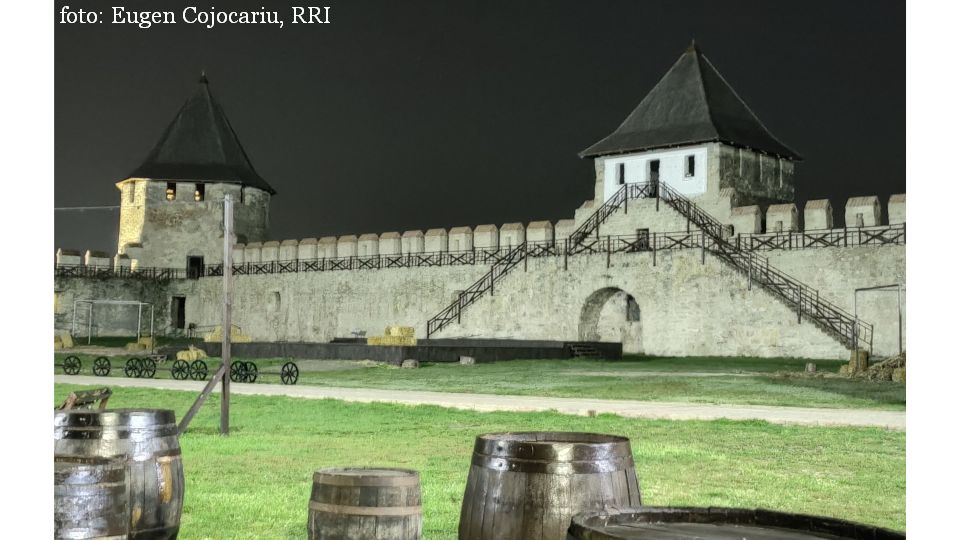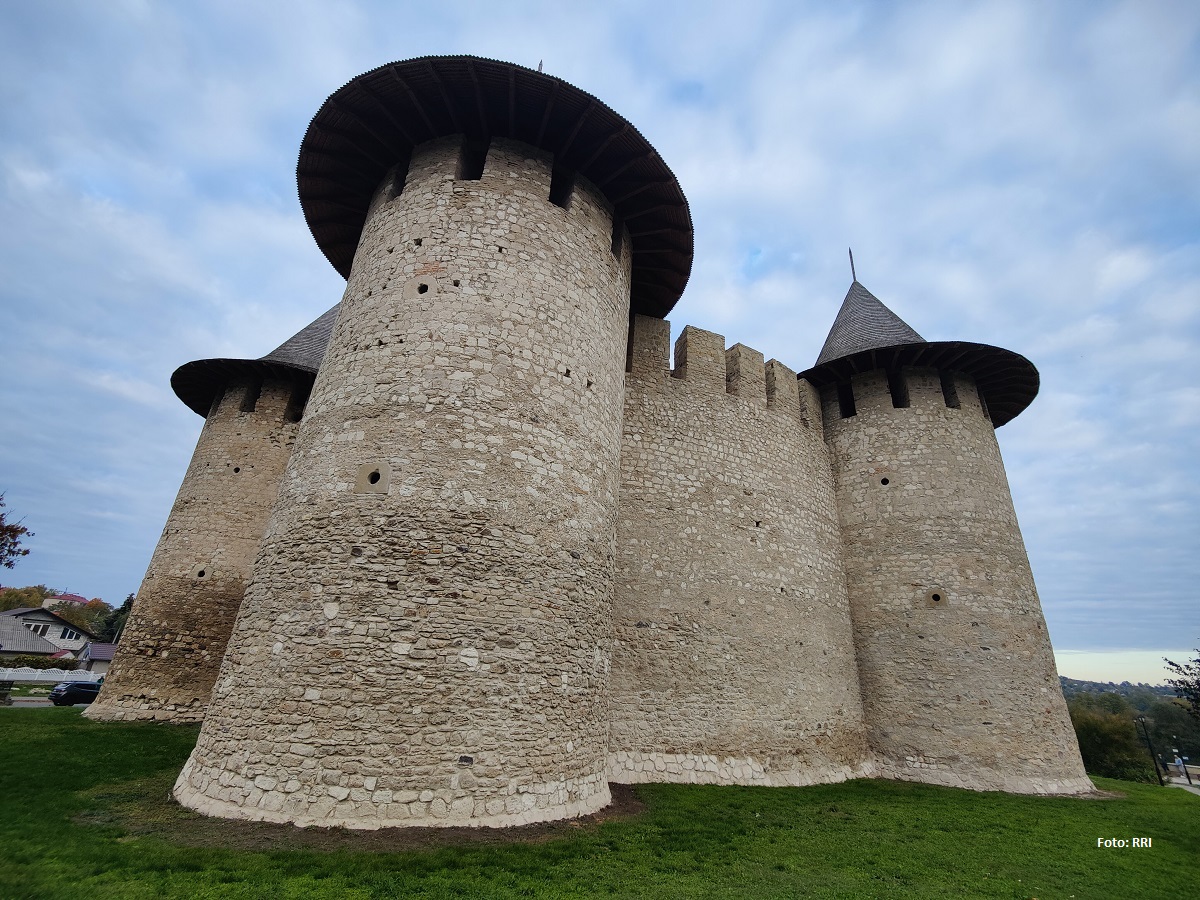Writer Hortensia Papadat-Bengescu
She was one of the most important inter-war novelists.

Christine Leșcu, 19.03.2023, 14:00
Hortensia Papadat-Bengescu established herself in the Romanian interwar literature as one of the first and most important voices of the revived Romanian novel. The fact that this new path was opened by a woman, singled her out among other writers of that time, who were quite numerous and equally talented. That explains why, for a long time, in textbooks and even in the public conscience, Hortensia Papadat-Bengescu seemed to be the only interwar writer worthy of being preserved in cultural memory. Nothing was further from the truth however, given that Hortensia had shared, until her debut, the common fate of women of her time. Born in 1876 to a wealthy family that had also given other writers, she married magistrate Nicolae Papadat when she was only 20. She had to follow him from one city to another, anywhere his profession called him. After the marriage, Hortensia gave birth to five children, the future author dedicating many years entirely to her household and family.
Literary critic Paul Cernat tells us more about her: Hortensia is definitely an interesting case in Romanian literature. Her biography was marked by her parents’ refusal to let her go study abroad, in France. She took her revenge by marrying a magistrate, Nicolae Papadat, who had little understanding of literature and who somehow made her life difficult. They had five children together. He was a decent guy, but for the future writer this marriage was not what she had wanted. She had to wait until she was almost 40 to make her literary debut. At first, she wrote under a different name, with the support of a fellow writer, Constanța Marino-Moscu, from the literary circle of Viața Românească magazine in Iasi. Constanta brokered the publication of Hortensia’s writings at the magazine run by literary critic and prose writer Garabet Ibrăileanu. Ibrăileanu would very quickly become Hortensia’s first mentor. She was lacking self confidence, probably because she had no higher education, so she looked for a mentor. She found him, first in the person of Ibrăileanu, later in that of Eugen Lovinescu. Since Garabet Ibrăileanu and Eugen Lovinescu represented literary groups with opposite ideologies – the first conservative, the second modernist – Hortensia’s proximity to Sburătorul literary group was considered a betrayal by those at Viaţa Românească.
The truth was that Lovinescu was encouraging the modernization and synchronization of Romanian culture with that of the West, and this tendency corresponded to the wishes of female writers. The collaboration with Sburătorul, which began in 1919, became permanent when the writer moved to Bucharest in 1933. Under the guidance of Lovinescu, Hortensia Papadat-Bengescu wrote her best-known novels put together in the so-called Hallipa family cycle.
Paul Cernat: There was another very important moment that influenced Hortensia’s writing. It was the experience of the First World War, when she was, among other things, a nurse and when she came into contact with the horrors of death, of destruction, of bodies ravaged by war and destroyed by epidemics. It is from here that she probably got her obsession with the sick and the disease that we see in her great novels from the 1920s and 1930s. Perhaps this also mattered in the objectification of Hortensia, to quote Lovinescu, in switching the interest from introspection to the real, the external world. The Hallipa Family Cycle in 1920-1930, is a psycho-social fresco of Romania of those years. It is also an ultrasound, a radiograph of a suffering humanity, a humanity stripped of vitality, somehow paradoxical in its morbidity.
These novels will ensure Hortensia Papadat-Bengescu a position among the great interwar novelists, and, until recently, a place in high-school textbooks. The importance gained by female writers at that time is also explained by literary critic Paul Cernat: Hortensia debuted very late. She debuted when her children were adults. It is only when the children grew up that she could afford the luxury of debuting in literature. Probably Nicolae Papadat would not have accepted this happening earlier. He would have considered this activity of an unbearable frivolity, even morally dangerous. But the fact that Hortensia debuted late gave her the appearance of a great lady, not necessarily in Ibrăileanu’s literary circle, but in that of Lovinescu. At the time, there was also talk about the masculinization of Hortensia, and it wasn’t just feminist criticism that talked about the fact that her identity had been masculinized. Of course, there is a lot to discuss here. I mean, she didn’t let herself be shaped as much as it seemed. Hortensia knew how to cultivate her own personality, which ultimately imposed on everyone through the complexity and the high stakes of the literary game she practiced. I do not hesitate to place Hortensia in the proximity of Virginia Woolf, in terms of literary value, without having a theoretical, essayistic capacity, as was the case with Virginia Woolf. Unfortunately, however, the fact that she was valued and tagged as an exception by some high profile critics such as Lovinescu and Ibrăileanu, somewhow shadowed other writers.
Hortensia Papadat-Bengescu died in March 1955 during the first decade of the communist regime, forgotten both by the public and by the literary critics who, at that time, were serving the socialist realism. She would eventually be reinstated among Romanias most important writers, decades later. (EE)






























